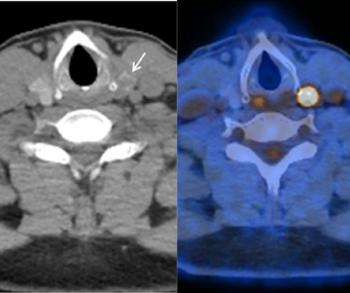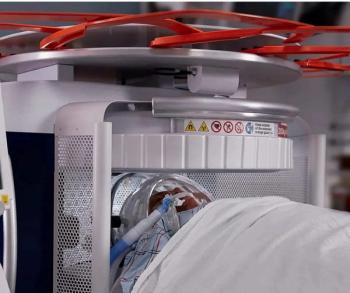
Should Vertebral Fracture Assessment be Standard Prior to ADT Treatment for Prostate Cancer?
A new study found that approximately one-third of men with prostate cancer were diagnosed with at least one vertebral fracture prior to the initiation of androgen deprivation therapy (ADT).
Based on findings from a new study, researchers are advocating for systematic risk assessment of vertebral fractures in all patients who about to commence with androgen deprivation therapy (ADT) for prostate cancer (PCa).
In a cross-sectional study of 115 men (mean age of 73.3 years) with PCa, researchers assessed 10-year fracture risk, bone mineral density (via dual-energy X-ray absorptiometry) and possible vertebral fractures (via lateral X-rays of the thoracic and lumbar spine) prior to patients beginning androgen deprivation therapy (ADT). The study authors noted that 90 men (78.3 percent) in the cohort had localized PCa and 25 men (21.7 percent) had advanced PCa.
Researchers found low 10-year risks for hip fracture (1.7 percent) and osteoporotic fracture (4.4 percent), and a low rate of osteoporosis (4.3 percent as per bone mineral density testing), according to the study, which was recently published in the
“Vertebral fragility fractures are often asymptomatic and overlooked but are known to decrease quality of life, and can also affect mortality,” wrote study co-author Caroline E. Wyers, PhD, who is affiliated with the Department of Internal Medicine at the VieCuri Medical Centre in Venlo, the Netherlands, and colleagues. “These findings underline the importance of systematic imaging of the spine to detect prevalent (vertebral fractures) in PCa patients at initiation of ADT, improving identification of true incident (vertebral fractures) during ADT.”
(Editor’s note: For related content, see “
Wyers and colleagues noted that the most common locations for vertebral fractures were in the mid-thoracic (Th7-Th8) and thoracolumbar (Th12) areas of the spine. The study authors added that the majority of moderate and severe vertebral fractures occurred among men who had normal bone mineral density as well as study participants who had osteopenia.
In regard to study limitations, the study authors acknowledged that the cross-sectional study did not allow for assessment of direct correlations between risk factors and incident fractures. Wyers and colleagues noted the potential of selection bias as multiple factors, including physician and patient preferences, contribute to a decision to utilize ADT treatment. The researchers also pointed out that the predominantly Caucasian study cohort may prohibit broad extrapolation of the study findings.
Newsletter
Stay at the forefront of radiology with the Diagnostic Imaging newsletter, delivering the latest news, clinical insights, and imaging advancements for today’s radiologists.




























